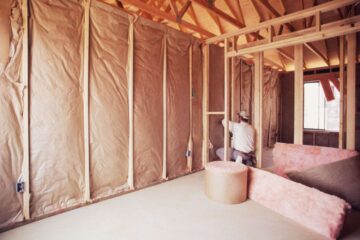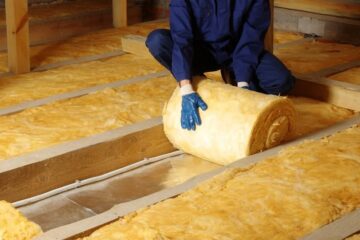As the construction industry moves toward more sustainable practices, glass wool insulation has emerged as a preferred choice for architects and builders seeking high-performance, environmentally responsible solutions. This innovative material, composed primarily of up to 80% recycled glass, delivers an exceptional combination of thermal efficiency, acoustic performance, and fire safety that meets the evolving demands of modern architecture.
The thermal performance of glass wool insulation stems from its unique fibrous structure, where millions of fine glass fibers create countless air pockets that effectively trap heat. This sophisticated design provides outstanding insulation value, maintaining comfortable indoor temperatures while significantly reducing energy consumption. Buildings insulated with glass wool typically achieve 30-50% energy savings on heating and cooling costs, making it an economically sound investment with rapid payback periods.
Beyond thermal benefits, glass wool offers remarkable sound absorption qualities. The material’s dense yet flexible fiber matrix effectively dampens both airborne and impact noise, creating quieter interior environments. This acoustic performance makes it particularly valuable for mixed-use developments, educational facilities, and healthcare buildings where noise control directly impacts occupant comfort and productivity.
Fire safety represents another critical advantage of glass wool insulation. As an inherently non-combustible material, it provides passive fire protection without releasing toxic fumes when exposed to flames. This characteristic has made it a standard choice for commercial buildings, high-rises, and public spaces where fire safety is paramount.
Environmental sustainability remains a cornerstone of glass wool’s value proposition. The manufacturing process conserves resources by utilizing substantial amounts of recycled glass, while the final product is itself fully recyclable. With a lifespan matching that of the building itself, glass wool contributes to long-term sustainability goals without compromising performance.
Installation flexibility further enhances glass wool’s appeal. Available in various forms including rolls, batts, and boards, it adapts to diverse construction applications. Its lightweight nature simplifies handling and installation, while maintaining excellent dimensional stability over time.
As green building standards become more stringent globally, glass wool insulation continues to demonstrate its value as a comprehensive solution that addresses energy efficiency, occupant comfort, safety, and environmental responsibility – making it an essential component in sustainable construction projects of all scales.



